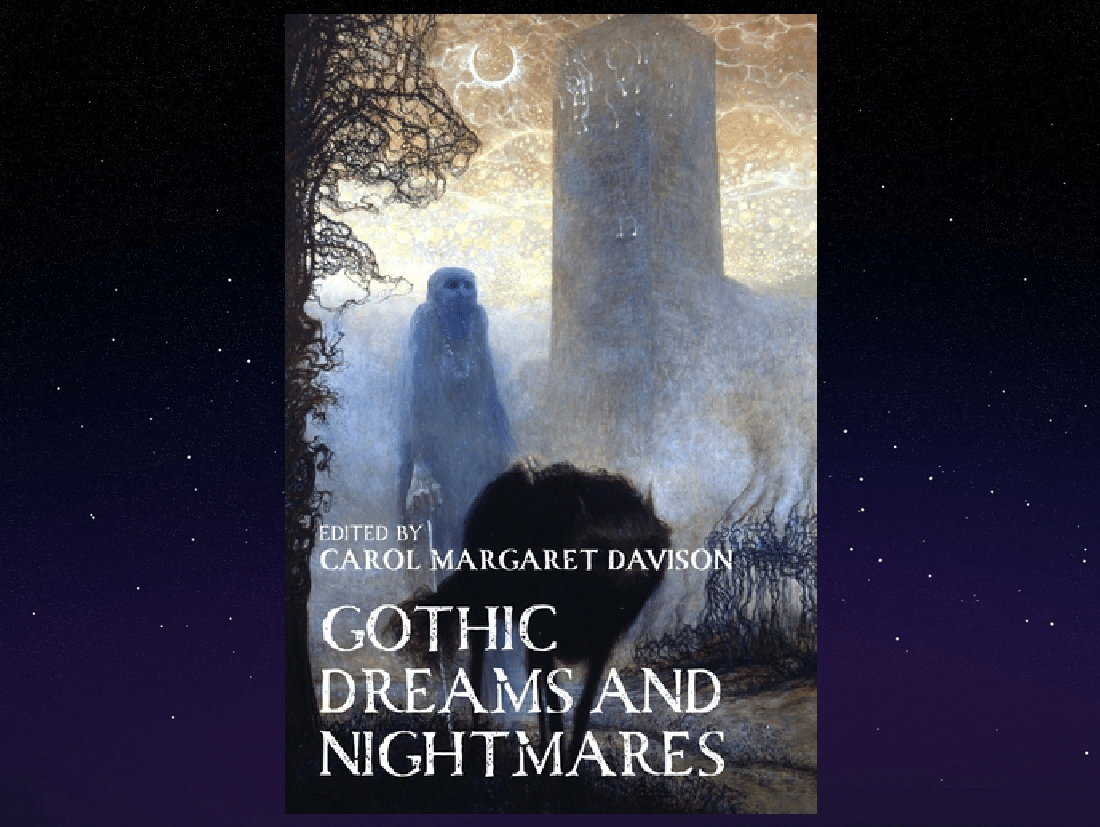The recently published book Gothic Dreams and Nightmares covers over two centuries of art, from literature and painting to television and video games. This collection of essays by scholars from various fields explores questions of philosophy, morality, consciousness, and rationality through the lens of creativity, dreams, and nightmares.
One of the works, authored by Alice Vernon from the UK, mentions sleep paralysis. As the researcher notes, before the emergence of modern neurology, many sleep disorders were attributed to madness or occultism. For example, sleepwalkers were considered restless or possessed, while sleep paralysis was associated with demons and incubi. In a 19th-century treatise, the sensation of sleep paralysis is described as a spell that makes a person feel trapped in a coffin.
The author adds that there are numerous similar examples from that era. The best explanations doctors could offer at that time were overwork and indigestion. However, at the end of the 19th century, a significant shift occurred in the scientific understanding of sleep as physiologists began to propose new theories that explained sleep paralysis as a malfunction in the brain.
Do you think they will soon reach the point of using sleep paralysis as a gateway to lucid dreaming?
The book is available on the website of Manchester University Press.
Get all the latest news about lucid dreams via our channels on Telegram, Facebook, Twitter




